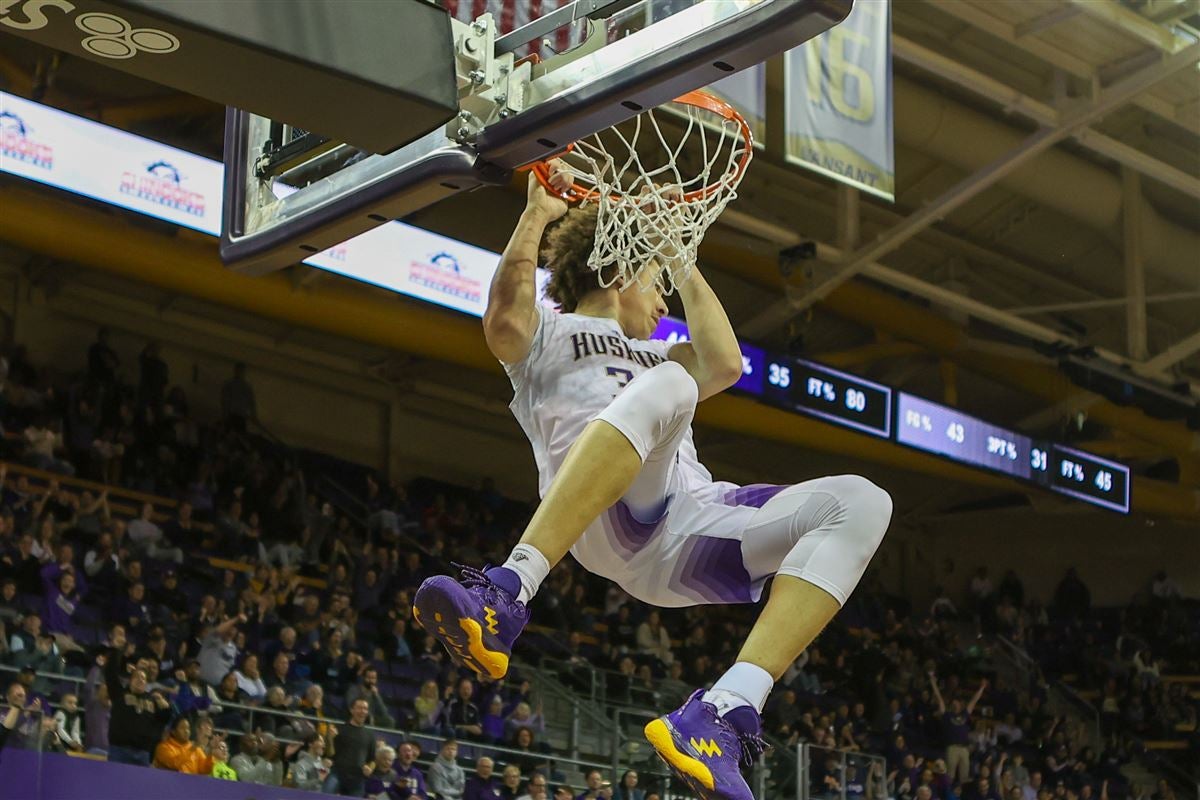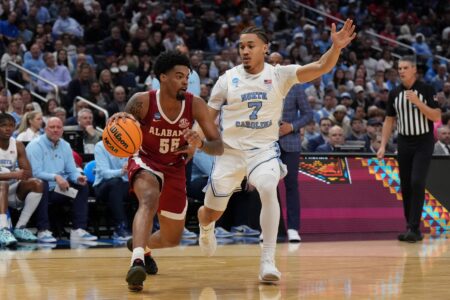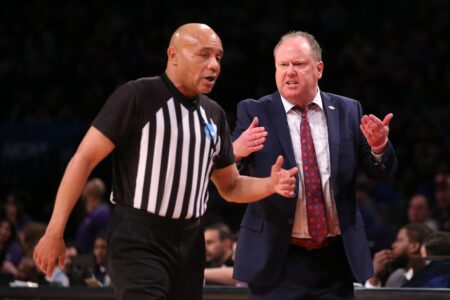NCAA: The Big Ten has been growing exponentially over the last decade or so. Since 2011, five universities have been added to the conference. Nebraska (2011), Maryland (2014), Rutgers (2014), UCLA (2024), and USC (2024) have all joined or are in agreement to join the conference over the last 12 years. Currently, there are 14 Universities in total that have a football team and basketball team play in the Big Ten. From the sounds of it, there could be 16 very soon.

The University Of Washington And Oregon Are Likely To Join The Big Ten Conference

According to College Football Insider Brett McMurphy:
Big Ten just trying to figure out financials at this point on Oregon & Washington, sources told Action Network HQ. “There is no more research or information needed on Oregon & Washington,” B1G sources said. “We have everything we need.”
This news is coming on the heels of the Big Ten officially adding USC and UCLA starting in 2024. Big Ten presidents and chancellors met early Thursday morning and authorized commissioner Tony Petitti to explore adding Oregon and Washington in expansion as potential conference members, sources told ESPN.
Petitti was tasked with narrowing his focus to those schools, as uncertainty surrounds the Pac-12’s future, and bringing the presidents back more information on the potential additions.
What Would This Mean For The Big Ten Conference? (NCAA)

Adding Oregon and Washington adds inventory to the league’s network partners and would probably force the addition of another rights partner beyond FOX, CBS, NBC and the Big Ten Network. That rights partner would be buying a package that is not the highest tier and might rarely feature the league’s biggest draw, and therefore would force calculations on the new rights holders’ end, whether that be ESPN, the CW or a streamer like Apple.
In terms of football, Oregon and Washington joining the Big Ten would provide a much bigger platform for the two programs. Playing in a league with Ohio State, Michigan, Penn State, USC, UCLA, Wisconsin, Michigan State and others would mean more marquee games and high-profile showdowns as teams compete for College Football Playoff berths in comparison to what will be left in the Pac-12.





